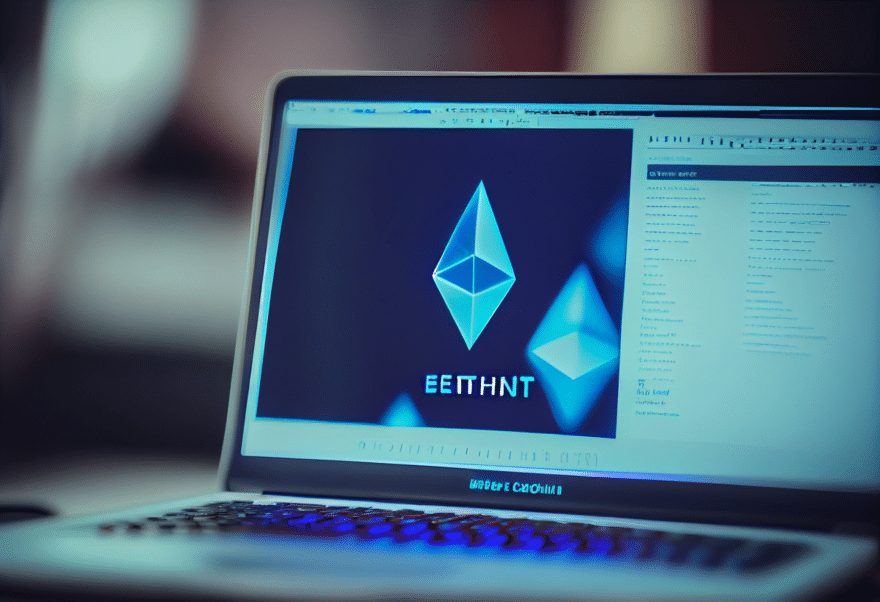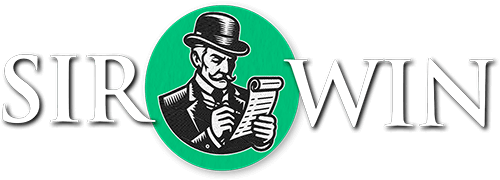
Web3 News
Stay tuned for web3 news. Discover expert analysis, market trends, and web3 updates. Stay informed about web3 market performance, industry implications, and regulatory developments. Join the crypto revolution and stay ahead with our comprehensive coverage. Read the news below.
Latest Web3 News

Opinion
The lack of trust and transparency, combined with a “greater seclusion,” is a pretty hopeless way to promote web3 to broader audiences.

Opinion
As blockchain technology grows in use cases, expect to see more DAO use cases as organizations seek to give power and a voice to their communities.

News
Participants of the Token2049 conference examined trends in consumer web3 applications, noting the growing role of meme coins.

News
Singapore-based crypto trading firm QCP Capital has signed a strategic partnership agreement with Further Ventures to double down on the Middle Eastern markets. Asia’s crypto trading firm QCP Capital revealed a partnership agreement with Further Ventures, an investment firm backed…

Opinion
Bitcoin halving is expected to trigger renewed investor interest, presenting a strategic advantage for web3 gaming projects that seek to capitalize on the growing momentum.

Opinion
NFTs should align with brands' overarching strategies and purposes, fostering genuine connections and adding value to the consumer experience.

News
Binance recently completed integrating 35 new decentralized applications into its web3 wallet.

Opinion
The web3 gaming industry is expected to register the most pronounced growth after Bitcoin halving, attracting new crypto users worldwide.

News
In the first quarter of the year, the crypto industry lost $336.3 million to hacking, 23.1% less than last year.
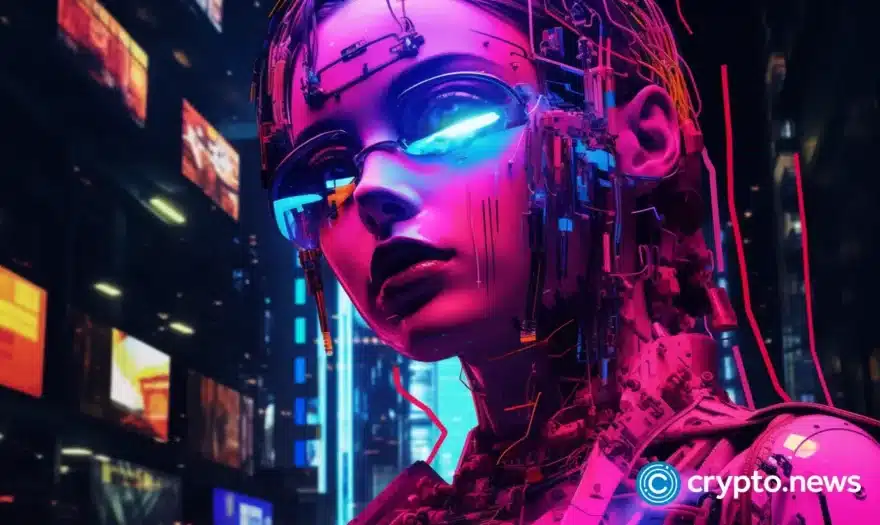
News
Arbitrum Foundation is collaborating with popular NFT brand Azuki to develop a web3 network for anime enthusiasts.

Opinion
Fueled by on-chain recording of off-chain information, web3 makes it possible for users to take back the power and monetize the utility that comes from this data.
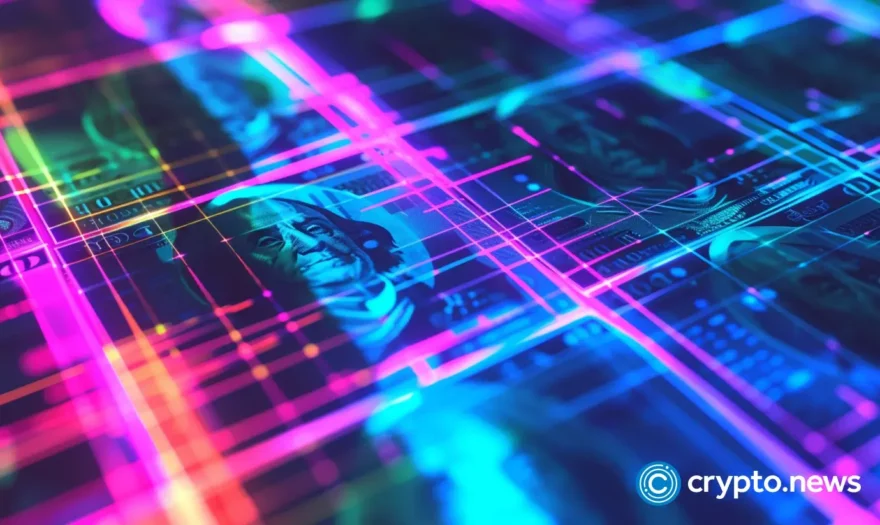
News
The Reserve Rights (RSR) token has surged by 30% in the last 24 hours, setting it apart as one of the standout performers in the cryptocurrency market. As per data by CoinMarketcap, on March 22, the token’s value reached $0.0096,…

News
Following its announcement of being listed on Coinbase, Ronin Network’s native token RON, which fuels gaming activities on the network, has surged by more than 10%. Ronin Network‘s native RON token gained 11% to a high of $4.12 on Mar.…
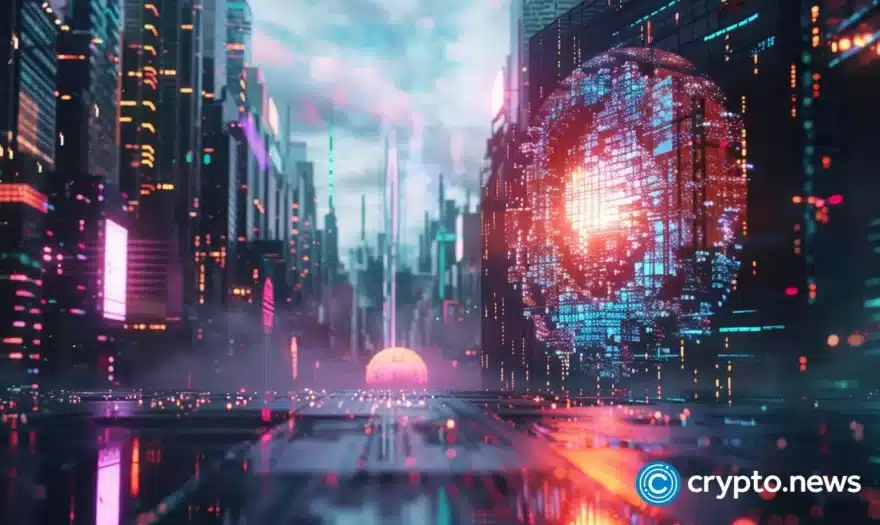
Opinion
More people are willing and able to use products, services, and applications running on DePINs, given their hassle-free, user-friendly nature and rich user experience.
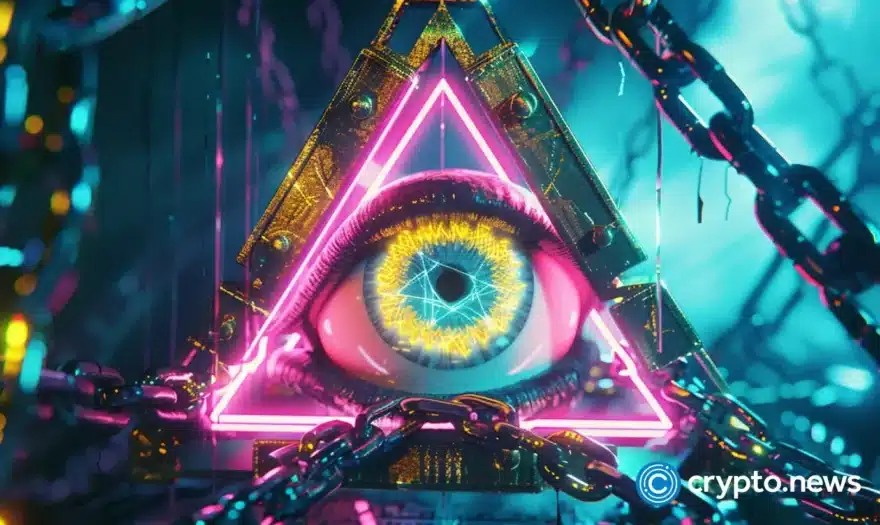
Opinion
Addressing the most critical issue of the web3 space—confidentiality—is essential for driving adoption and unlocking the full potential of decentralized technologies.

News
Aptos Labs, the team behind the layer-1 blockchain, has entered into a partnership agreement with Google Cloud to expand game offerings with web3 capabilities. Google Cloud, known for its expansive cloud services, has broadened its roster of blockchain partners with…















